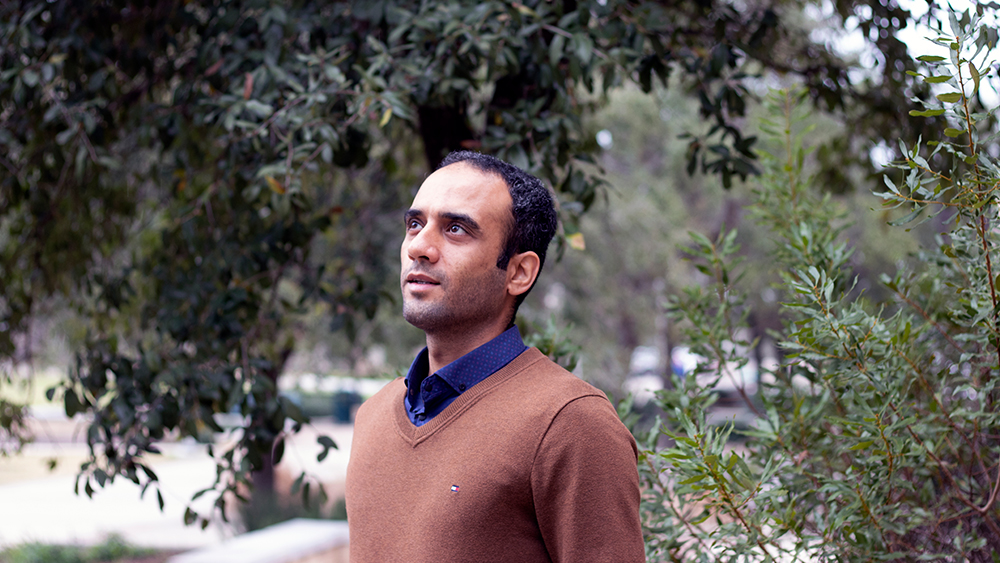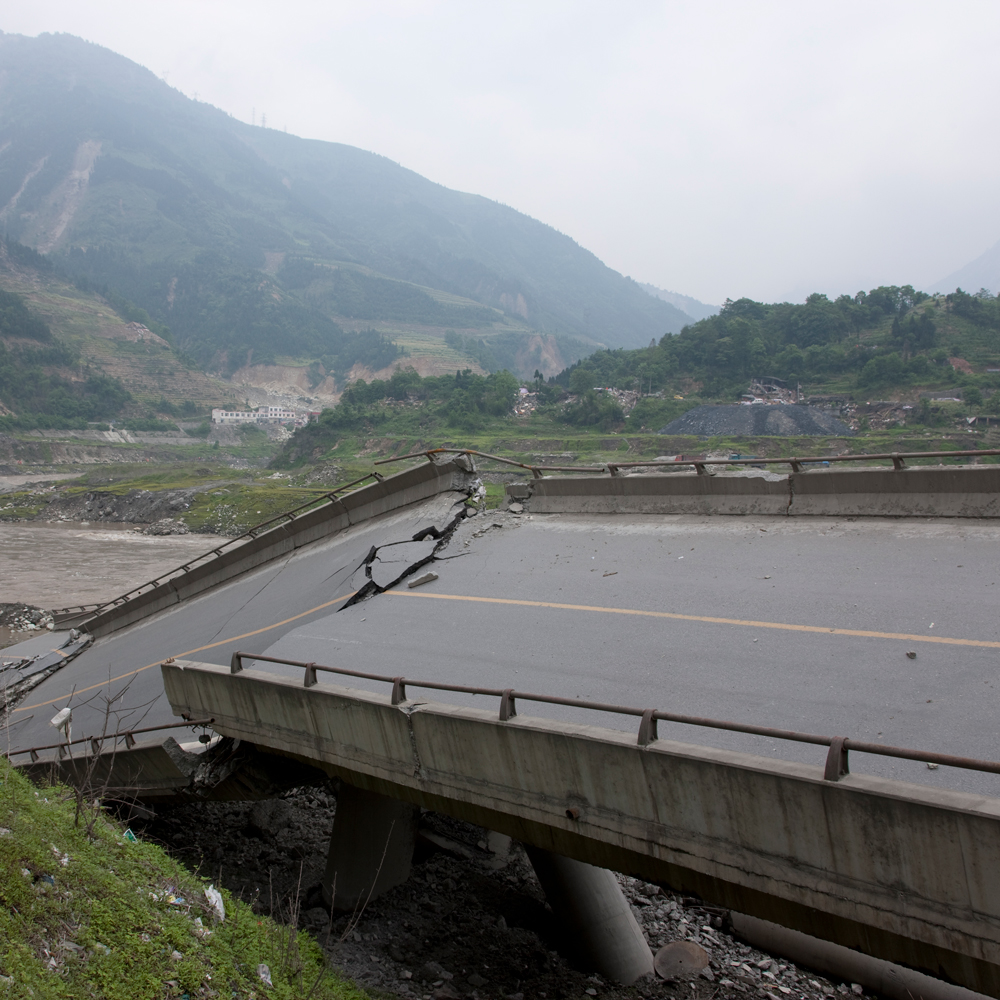
Who:
Mohammad Taghi Nikoukalam, a doctoral student in the Zachry Department of Civil Engineering, and his advisor, Dr. Petros Sideris, an assistant professor in the department.
What:
Nikoukalam and Sideris are designing a novel system of sustainable bridge columns with damage-resistant joints and replaceable, energy dissipating links.
Why it's so cool:

The design could save lives through more earthquake-proof bridges. In the United States, a vast number of bridges, several of which are located in regions of moderate and high seismicity, have been classified as structurally deficient or functionally obsolete. New bridges built using their design will be more damage resistant from the outset because of the polyurethane joints, and will be easier to repair quickly and inexpensively after a natural disaster by replacing the external energy-dissipating links, which would be the only components of the bridge to experience damage. The design can also be constructed rapidly thanks to its segmented nature.
Nikoukalam was originally drawn to the problem because he comes from a highly seismic region. “The search for a better bridge took me in a direction I never expected,” he said. “We realized we had to research new materials beyond concrete, the industry standard, and instead use polymers.” The pair partnered with BASF, a leading chemicals company, to choose the new materials. After testing the new materials and models, they designed the overall system. Their new bridge system design has undergone intensive computer-simulated testing. Now they are working on physically validating their design at the Center for Infrastructure Renewal (CIR), starting with load testing then simulating an earthquake to study the effects on a model.
Due to the major socioeconomic advantages the system offers, it provides an attractive alternative to conventional systems for implementation both in new construction and as a replacement for the vast number of structurally deficient or functionally obsolete bridges throughout the country.
Nikoukalam recently received the American Society for Civil Engineers O.H. Ammann Research Fellowship in Structural Engineering, which is awarded to encourage the creation of new knowledge in structural design and construction. After presenting his dissertation and graduating this summer, he will enter the industry to lead safer bridge construction.